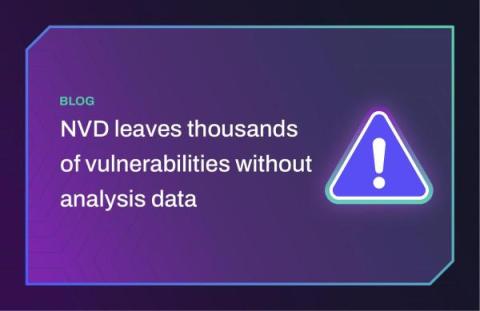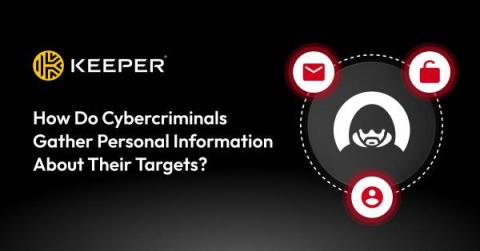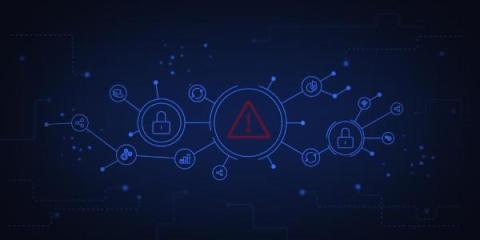Scam Service Attempts to Bypass Multi-factor Authentication
A scam operation called “Estate” has attempted to trick nearly a hundred thousand people into handing over multi-factor authentication codes over the past year, according to Zack Whittaker at TechCrunch. The scammers target users of Amazon, Bank of America, Capital One, Chase, Coinbase, Instagram, Mastercard, PayPal, Venmo, Yahoo and more.











